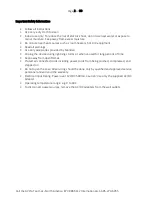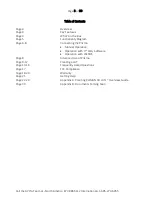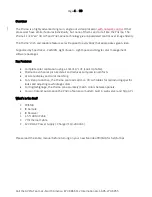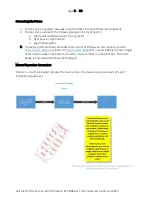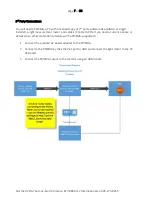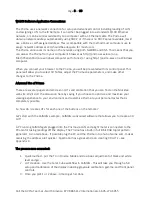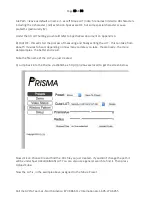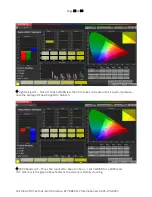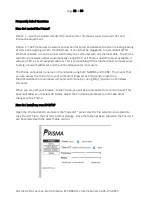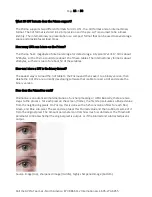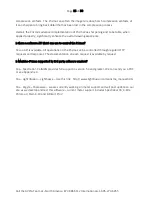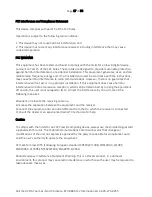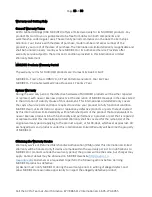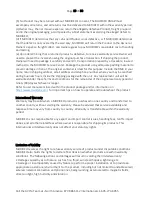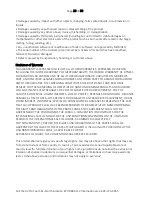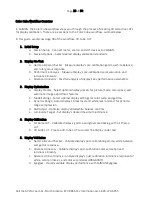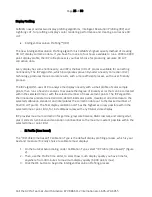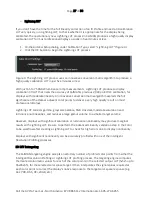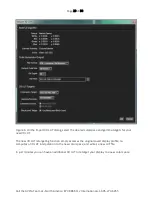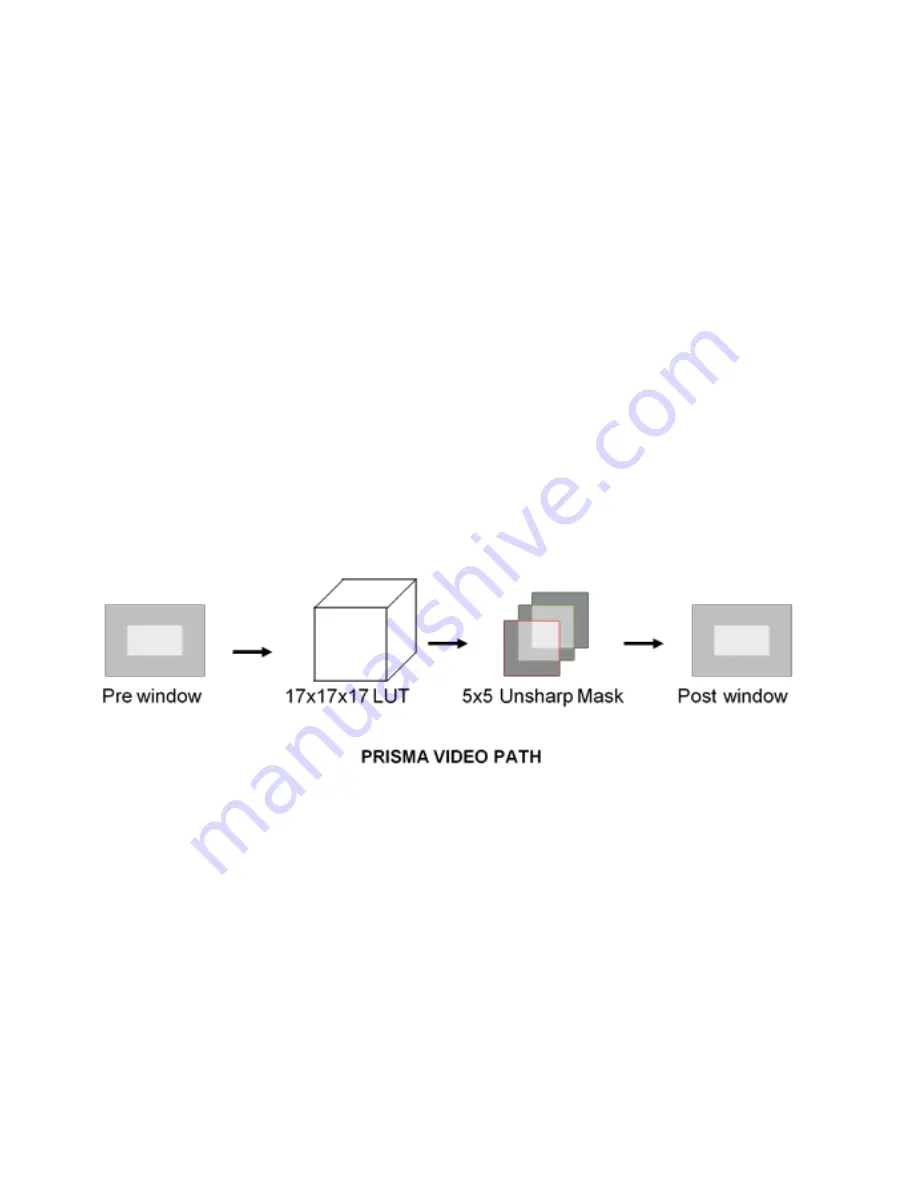
Page 15 of 30
Call the AVPro Team at –North America 877-886-5112 Interna1-605-274-6055
To use PrismaVue simply in or decrease – via the remote control and use the demo button
to see before and after result. Set to your personal taste. In the WebOS you can also set to
PrismaVue value numerically – 0 = no PrismaVue – numbers = more PrismaVue
(sharpening) and a lower – number = less sharpening.
What is Prisma's video processing path?
The Prisma has two primary processing blocks - the Cube LUT is applied first, then the output of
the Cube goes to the PrismaVue.
The Cube can either be processed in linear space, or in the typical non-linear space. The control
for this is set in the Cube Table, so it can easily be enabled for some LUTs and disabled for others.
The Cube internally processes video in 18 bits per color component. This is to give enough bit-
depth for the linearization. The Cube coefficients are stored in 10-bit resolution and shifted to 18
bits during the processing.
The PrismaVue is processed in 10 bits, with the blur matrix coefficients stored in a 4.6 fixed point
format.
I thought video calibration was all about disabling this type of processing. What gives?
The true Videophile's goal is to set up their viewing room so that the picture they see is as close as
possible to the way the director intended. Unfortunately, there are many obstacles that get in the
way of achieving this goal. Even with the highest quality video equipment in a room that has been
meticulously set up - we are still at the mercy of how the content has been delivered. A blu-ray
disc that has been well mastered under the direct supervision of the director has the best chance
of realizing this goal.
Content today comes from many different sources, ranging from the high quality blu-rays, down to
cheaply mastered DVDs or even streamed off smart phones or the internet. The internet
streaming services are rapidly improving the quality of their distribution, but they still introduce


